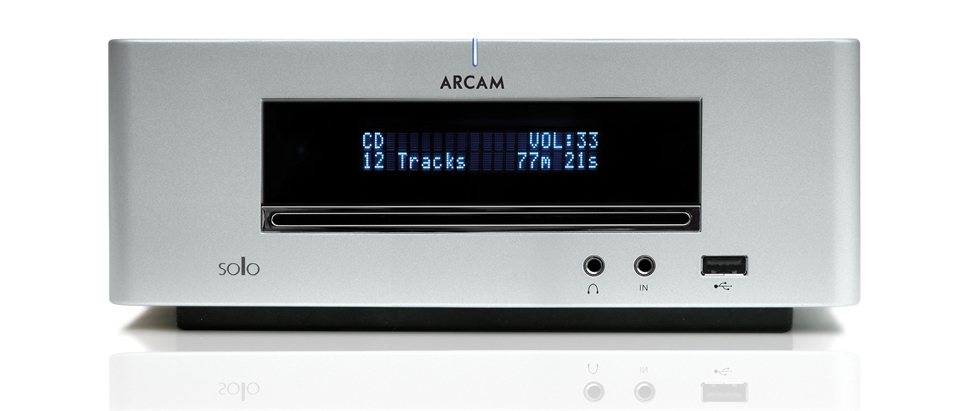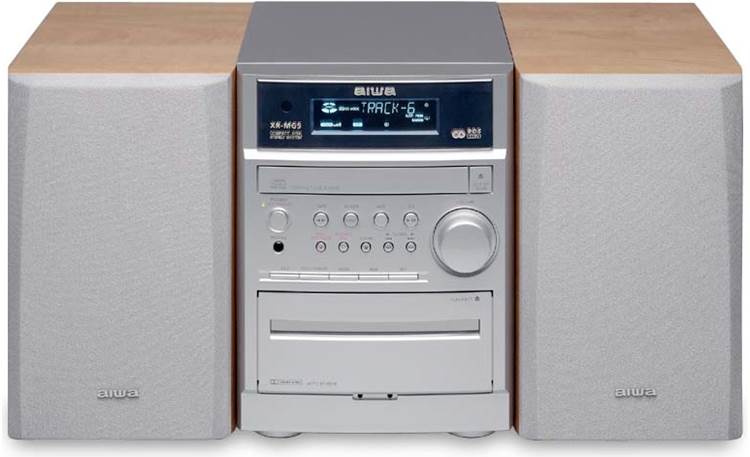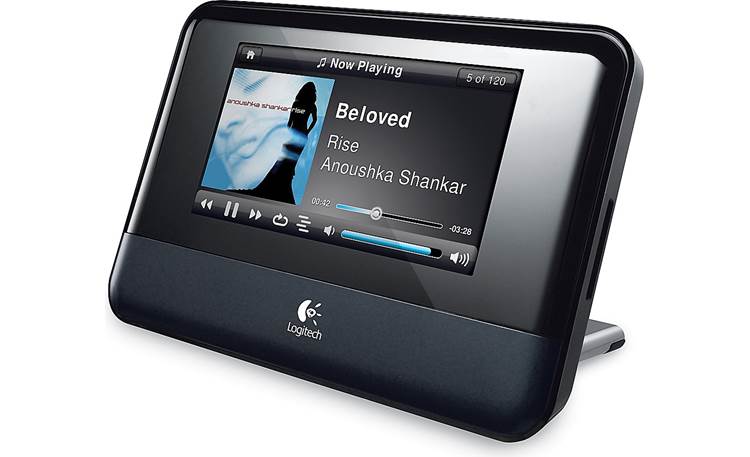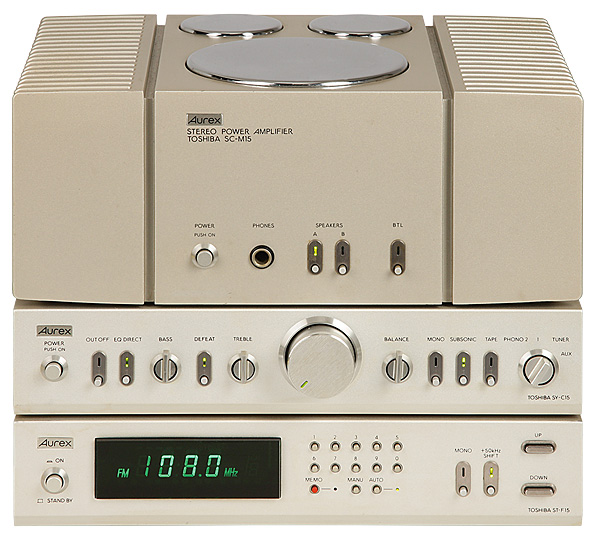Arcam began to redefine itself a few years after Linn’s Classik came by launching a line of sleeker, less specialized music-making equipment. The Solo was the first, and it was a sort of ‘next gen’ Classik, with cleaner and leaner lines than the Linn, a lovely finish, and a host of extra features. A year or two later, the Solo Mini came, with the same internals encased in exquisite half-size casework (a mix of silver coated steel and an alloy fascia) and a fantastic display that made it a delight to use.
The infant Solo was loud enough for most people, with roughly 40W RMS per channel into 8 ohms. Inside, there was the usual smattering of high-quality passive components, as well as the obligatory toroidal transformer. A Sony transport (complete with CD Text) was paired with a Wolfson 24-bit Delta Sigma DAC in the slot-loading CD player portion. With a single front-mounted mini-jack input optimized for MP3 players, a 3.5mm headphone socket, and a USB type-A connector for playing music from memory sticks, the fascia was an ergonomic accomplishment. Its ease of use and versatility were further enhanced by the addition of a sleep timer, clock, and alarm. On top of the fascia plate were controls for source, volume, and CD transport, while along the back were a variety of inputs (including a tape loop, PC keyboard input, optical digital output, and multi-room socketry). The paucity of digital inputs, on the other hand, is startling by today’s standards.
The Solo Mini sounded like an Arcam all the way — smooth, refined, and focused, with plenty of pace and articulation across the detailed midband. Music timed well and was pleasurable in an unforced and natural sense through its analogue inputs, however it was never quite as compelling to listen to as the Linn Classik. The treble was silky, as expected from an Arcam, and the bass was solid, albeit lacking that final 1% of punch that would raise the Solo Mini into hi-fi separates zone. It truly pushed ahead because to the built-in Compact Disc spinner, providing amazing sonics for the price.
A well-implemented DAB tuner was another appealing aspect of the Solo Mini. Few companies did DAB tuners better, and this one was both unexpectedly listenable and incredibly accessible because to the gorgeous frontal display. The FM radio was likewise finished to a good degree, sounding noticeably better than the DAB tuner and pulling in stations with surprising ease for such a low price.
Overall, this is a sweet little music box — one of the nicest and swishiest tiny systems to appear in the last ten years. It’s sonically well-balanced, nicely built, and has excellent ergonomics for true ease of usage. What’s not to like if you can live without a built-in DAC, especially when they’re now available secondhand for a few hundred pounds?






